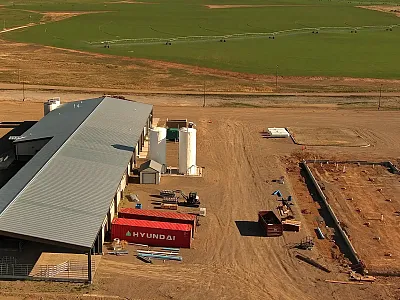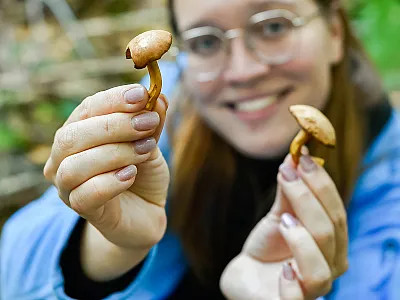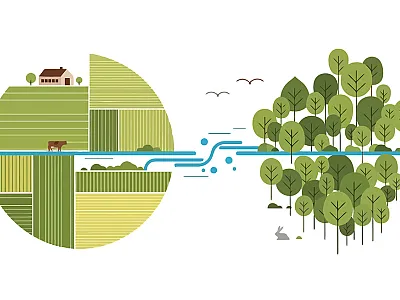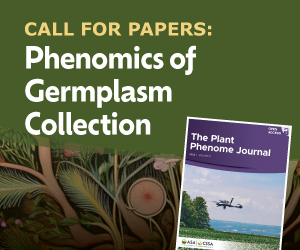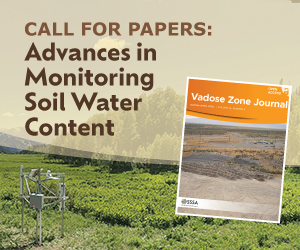Optimizing stomatal traits to enhance biomass under fluctuating light
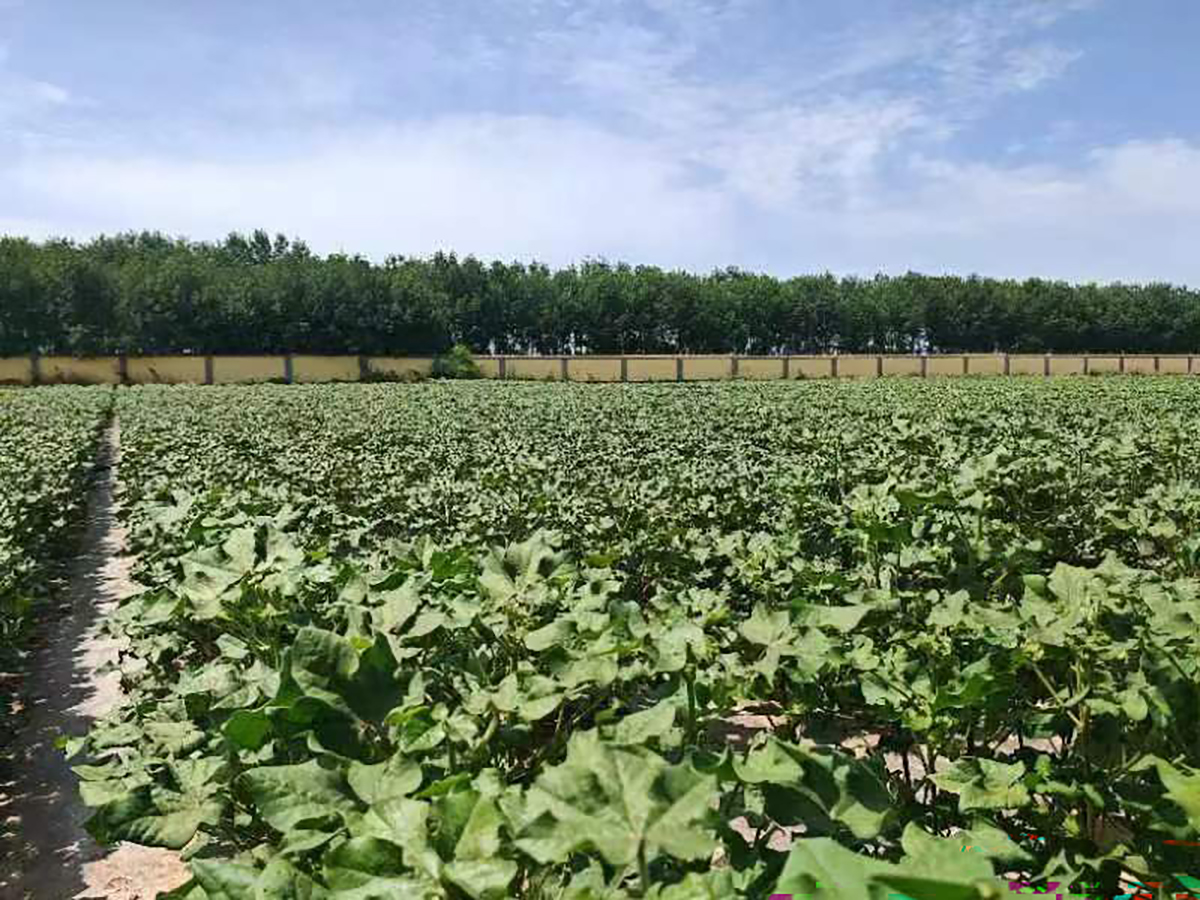
Plants under natural environments constantly experience fluctuating light, and the speed of their response to it directly affects photosynthetic efficiency and yield. Therefore, improving fluctuating light use efficiency is a challenge for achieving high-yield agriculture. However, the effects of planting density on the frequency characteristics of fluctuating light and its regulatory mechanisms on stomatal behavior have not been fully explored.
To fill this knowledge gap, researchers at Northwest A&F University in Xianyang, China investigated stomatal anatomy and response rate and biomass of cotton (Gossypium hirsutum L.) planted at low, medium, and high densities. The results showed that higher planting density significantly increased the frequency of light fluctuations at the lower cotton canopy. Under high density conditions, stomata on the underside leaf surface became smaller and denser, enabling faster response to light fluctuations. This enhanced photosynthetic induction capacity and led to higher biomass accumulation.
These findings suggest that plants can optimize stomatal traits to increase biomass under fluctuating light. Therefore, selecting cotton varieties with rapid stomatal response rate may provide a promising strategy for improving agricultural productivity under dynamic light conditions.
Dig deeper
Li, X., Li, X., Zhang, T., Xue, X., Dai, Y., Lei, Z., & He, D. (2025). High plant density optimizes leaf stomatal traits for accelerating the stomatal response rate at the lower cotton canopy. Crop Science, 65, e21443. https://doi.org/10.1002/csc2.21443
Text © . The authors. CC BY-NC-ND 4.0. Except where otherwise noted, images are subject to copyright. Any reuse without express permission from the copyright owner is prohibited.







